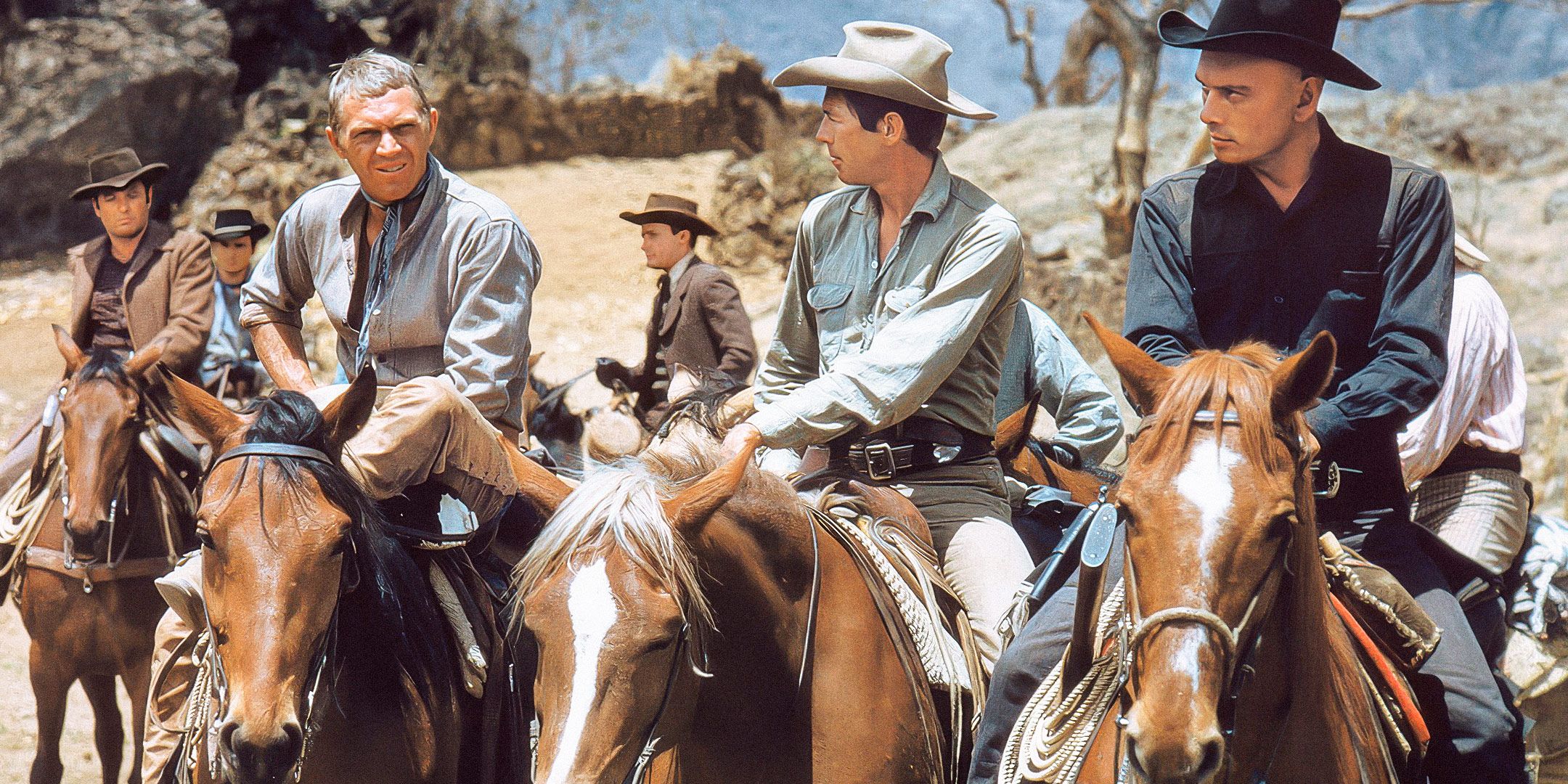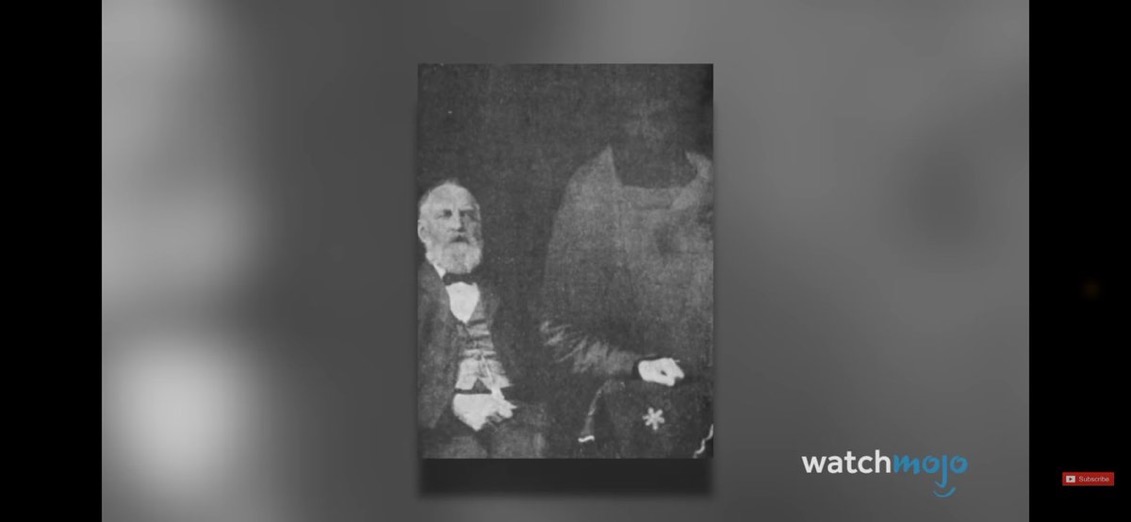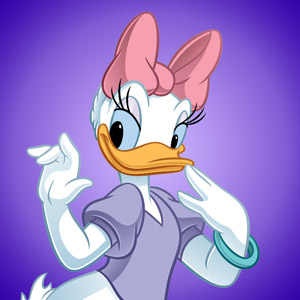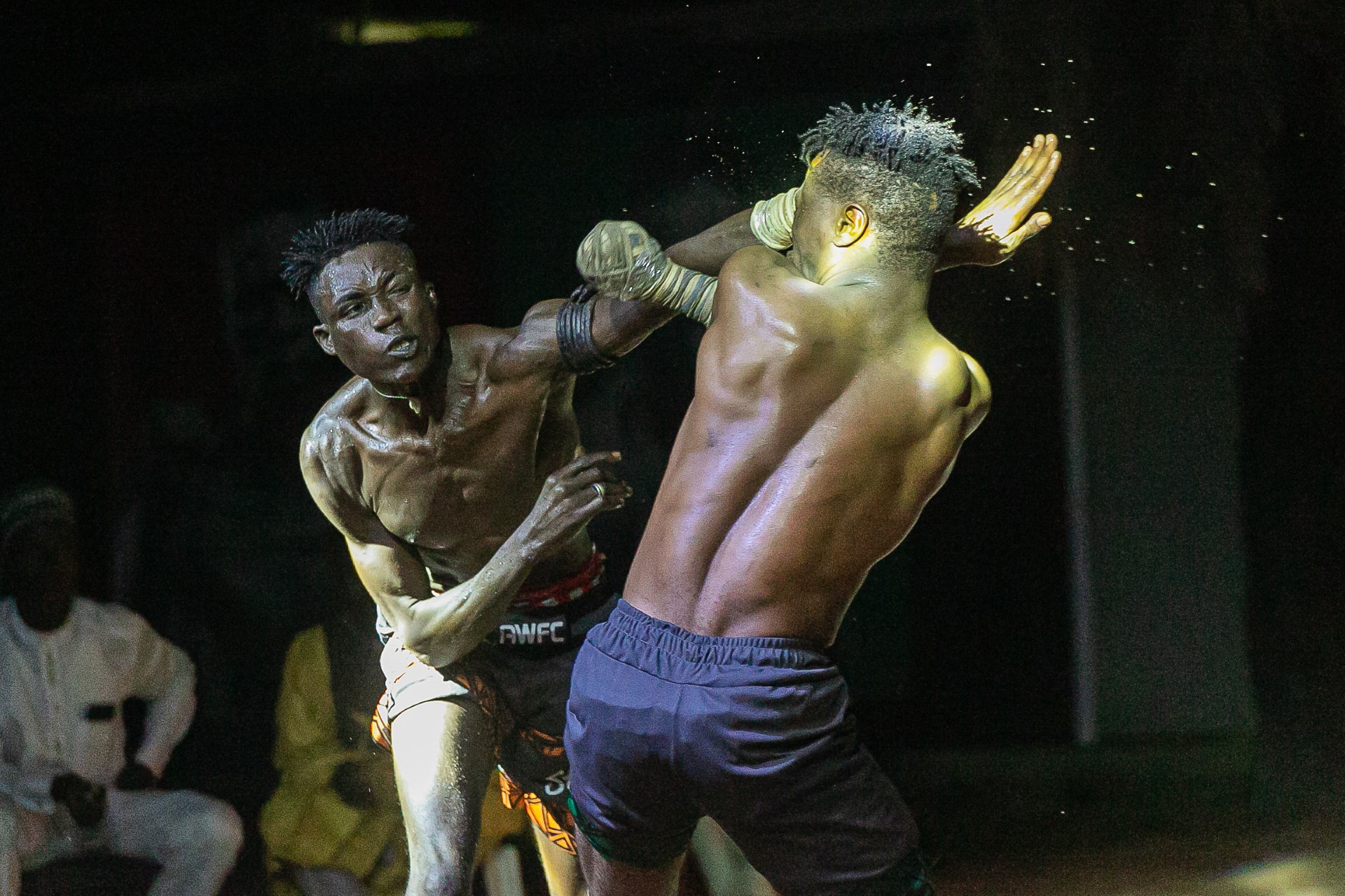played roles in all types of movies over the course of his 45-year career, but might be most associated with Westerns, a genre ideally suited to his hard-edged brand of cool. With his sharp features, intense blue eyes, and mischievously crooked mouth, he looked like he was born to wear a dirty cowboy hat and wield a six-shooter.
Arriving just in time for the era of Spaghetti and revisionist Westerns, Coburn often played complex characters, his relaxed exterior masking a roil of internal conflict. He is not in the first tier of great Western stars alongside the likes of John Wayne, Clint Eastwood, and Randolph Scott, but Coburn is a familiar face to most fans of the genre, having added his talents to several all-time great Westerns.
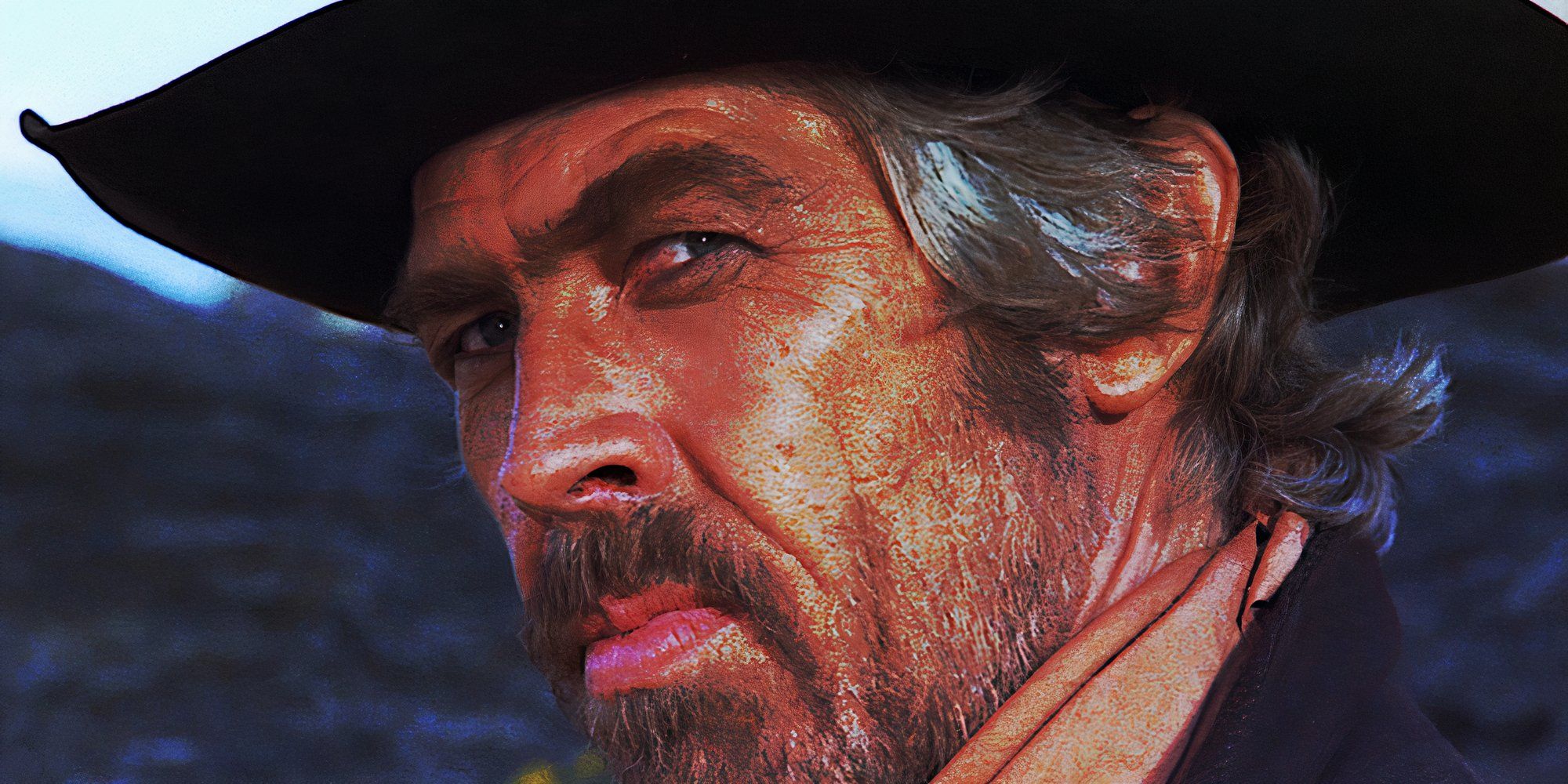
A Reason to Live, a Reason to Die! is a Spaghetti Western take on The Dirty Dozen. The cast is not exactly in the all-star range, Telly Savalas being the only recognizable star besides Coburn, who brings a sense of wounded dignity to his vengeance-seeking character. Predictably, the movie's two biggest names do not come face-to-face until the very end, but their delayed showdown is the movie's highlight.
A decidedly minor work in the vein of Leone, bearing all the Spaghetti Western hallmarks (Coburn's craggy face in close-up being one of the big ones), but bringing nothing new to the table. There's enough action to keep it from becoming entirely dull, but to get over the hump, it would’ve needed a couple more solid character actors, a few clever plot twists, and a little more visual wow-factor. A Reason to Live, a Reason to Die! is readily available on streaming, for the Coburn completists.
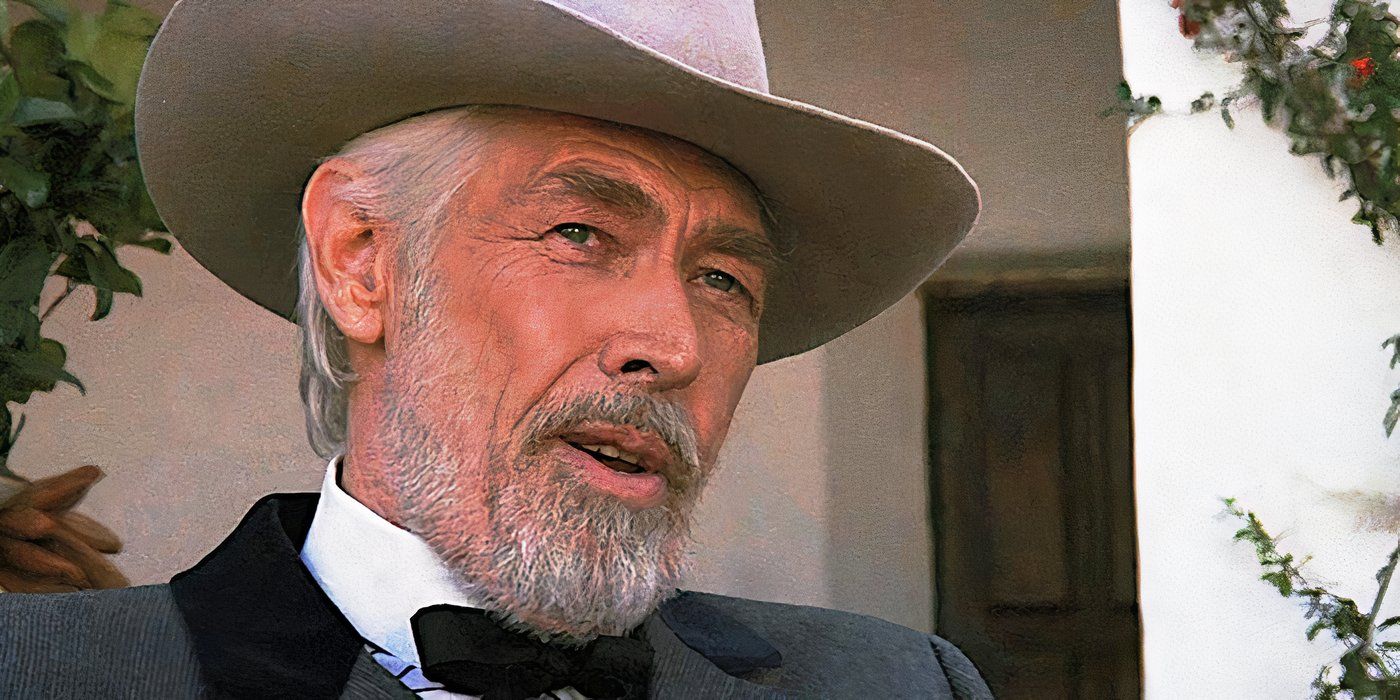
Coburn played Pat Garrett in Sam Peckinpah’s Pat Garrett and Billy the Kid, opposite Kris Kristofferson as The Kid. In Young Guns II, a much older Coburn plays cattle baron John Chisum, who throws in with the group hiring Garrett (William Petersen) to hunt down Emilio Estevez’s Billy. Coburn had aged into elder statesman mode by the time he made Young Guns II. , his grizzled, steely presence having become iconic.
Coburn’s character John Chisum is based on a real person, whom John Wayne had previously played in the movie Chisum
A $59 million box-office hit in 1988, Young Guns II is perhaps best remembered for its Oscar-nominated Bon Jovi song “Blaze of Glory.” It has a low Rotten Tomatoes fresh rating of just 31%, several critics having characterized it as a missed opportunity, due to a weak script.
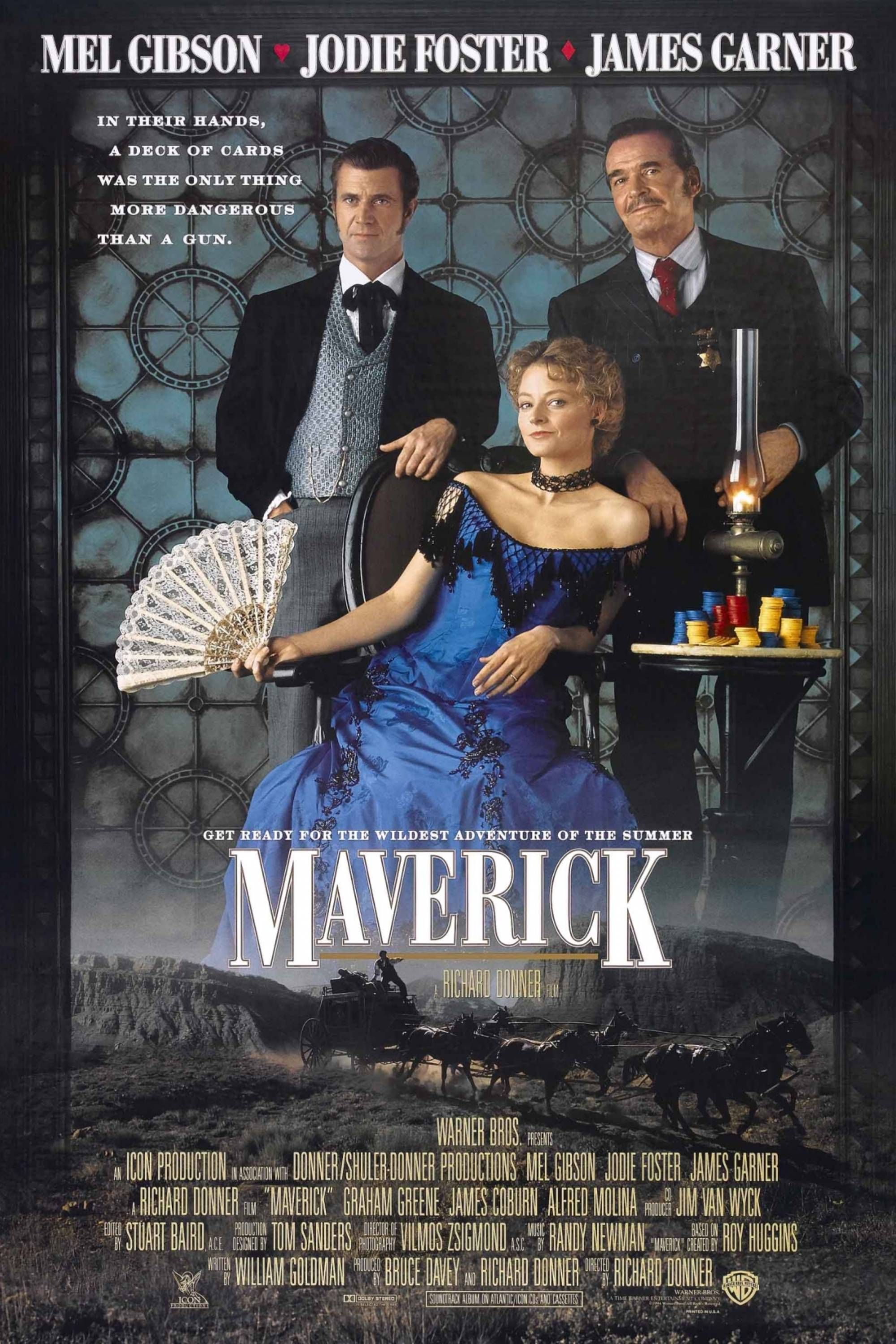
Coburn did supporting turns on just about every classic Western TV show ever made before movie stardom allowed him to focus solely on the big screen. But somehow he never appeared alongside James Garner in Maverick. He did, however, appear in 1994’s movie version of Maverick, sharing the screen with Garner, who played the father of Mel Gibson’s cardsharp.
Maverick casts Coburn as Commodore Duvall, a rich man who runs the big card tournament Gibson spends most of the movie trying to get enough money to play in. As with Young Guns II, the movie wants Coburn's presence as a signifier of Western authenticity as much as it wants him as an actor. Released when Gibson’s name alone could open a film, Maverick grossed $183 million, getting good reviews from critics like Roger Ebert, who praised its family-friendly tone.
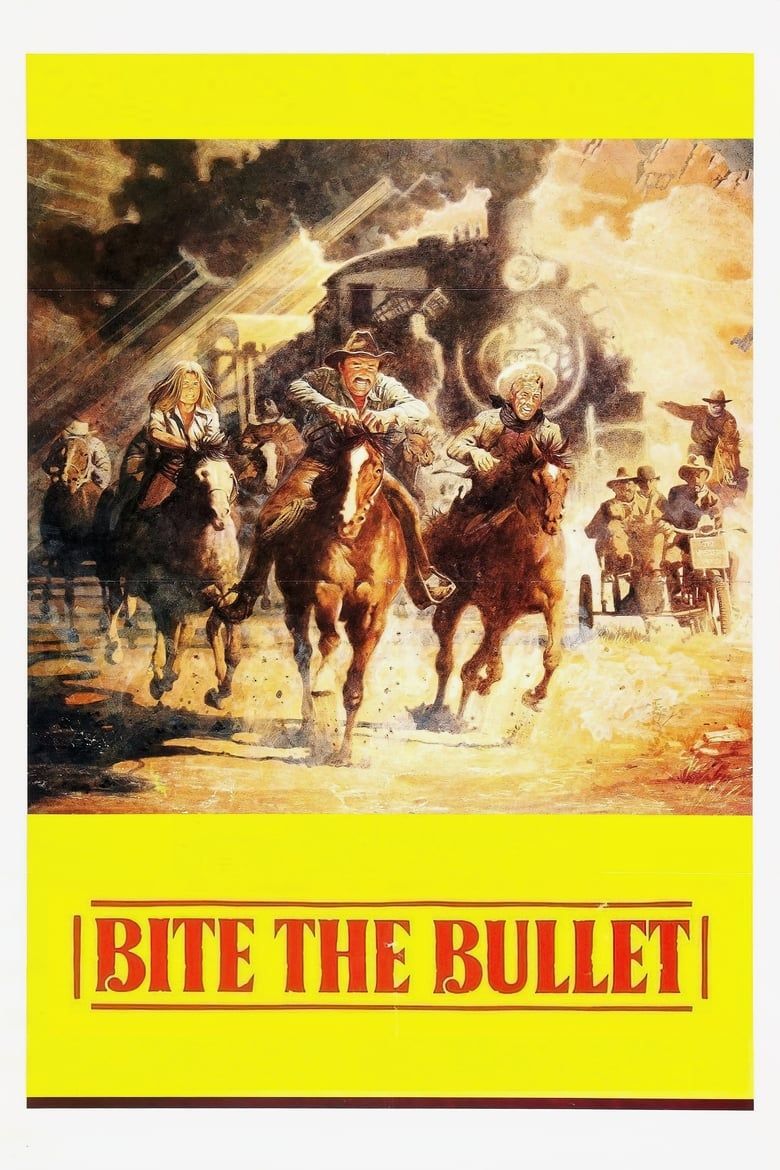
Richard Brooks’ revisionist Western casts Coburn as one of the participants in a grueling 700-mile cross-country horse race. His Luke Mathews is pitted against his fellow former Rough Rider and friend Sam Clayton, played by the great Gene Hackman. Producers wanted bigger stars in those roles, specifically Paul Newman and Burt Reynolds,
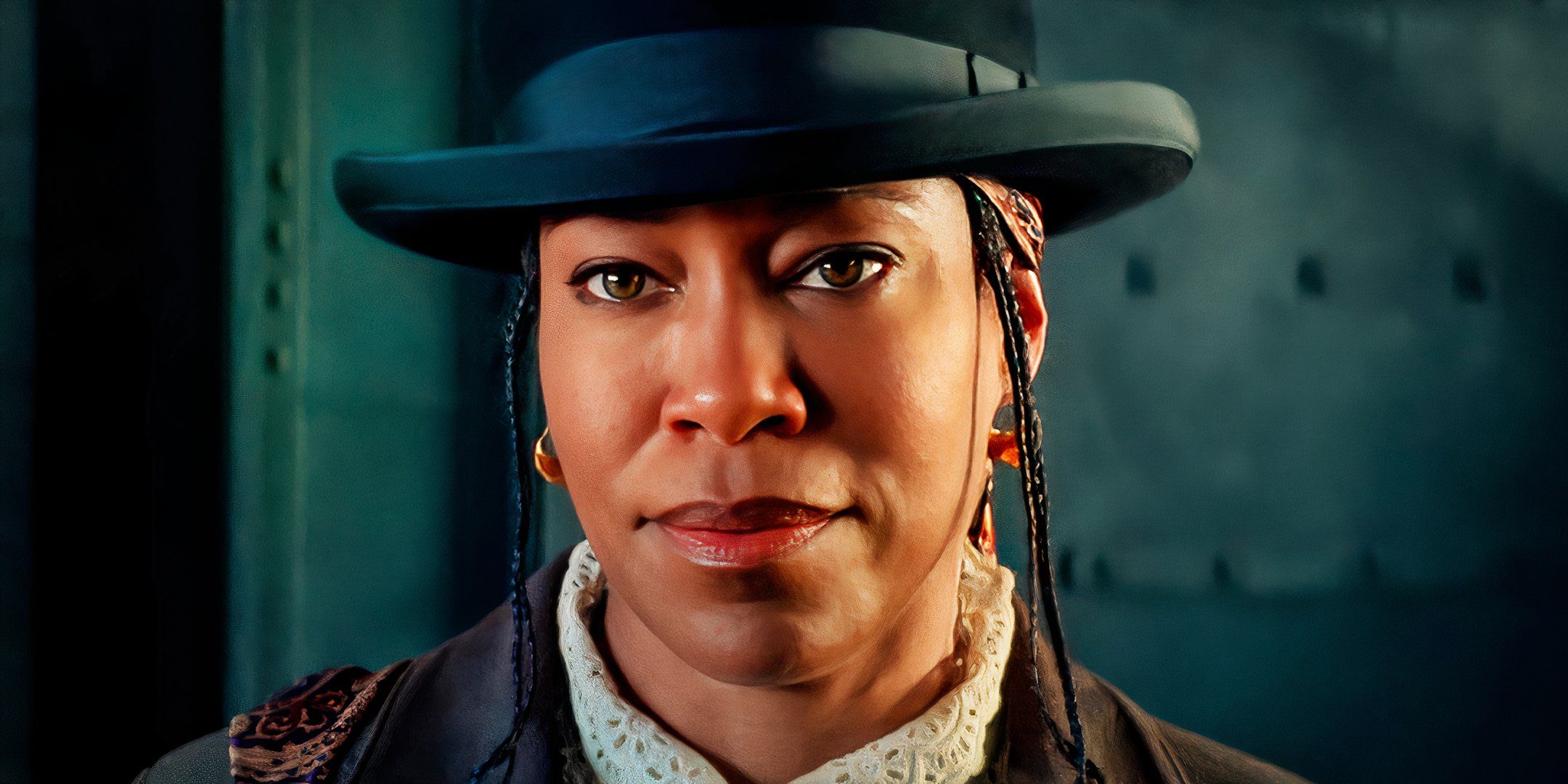
Related
10 Modern Westerns That Are Just As Good As The Classics
From 3:10 to Yuma and True Grit to Tombstone and more, here are the best modern Western movies that are as good as the classic Westerns.
One of only seven Westerns to feature Gene Hackman, Bite the Bullet was a major Columbia production in 1975, earning $11 million on a budget of around $4 million. It was Oscar-nominated for Best Sound and Best Score, and currently holds a 75% fresh rating on Rotten Tomatoes. Nearly every positive review mentions the Harry Stradling cinematography as a huge plus. Its cast is also strong, and director Brooks gives it some thematic heft.
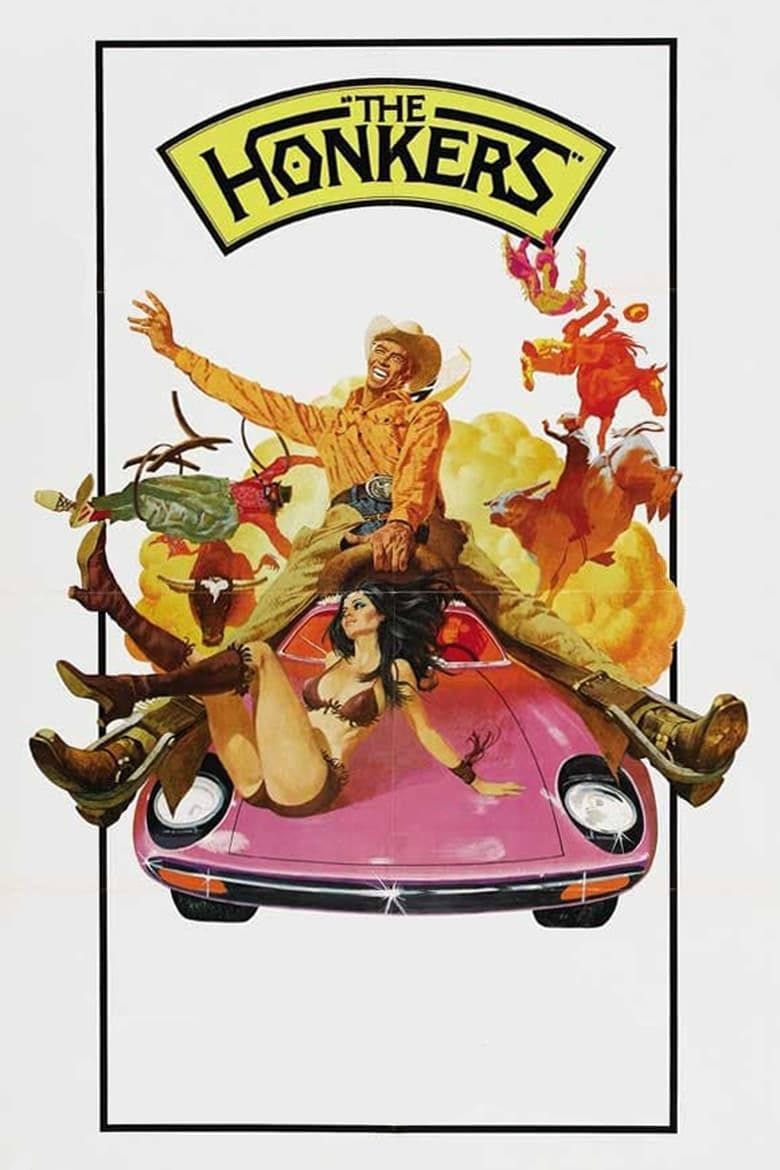
Coburn’s unique blend of toughness and affability serves him well as a rodeo rider on the downslope of his career, who blows back into town to disrupt the lives of his wife, son, and rodeo clown best friend. His Lew Lathrop is reminiscent of Paul Newman’s Hud, outwardly likable but completely self-centered, and bound to emotionally damage everyone who gets close to him.
The neo-Western The Honkers is set in the same small-town Texas milieu as The Last Picture Show, but is rowdy and lyrical instead of stark and existential. Coburn fits into this world with ease, delivering a complex, affecting performance as a narcissistic man of insatiable appetites. The film received some good reviews upon its release, but has no particular critical reputation today.
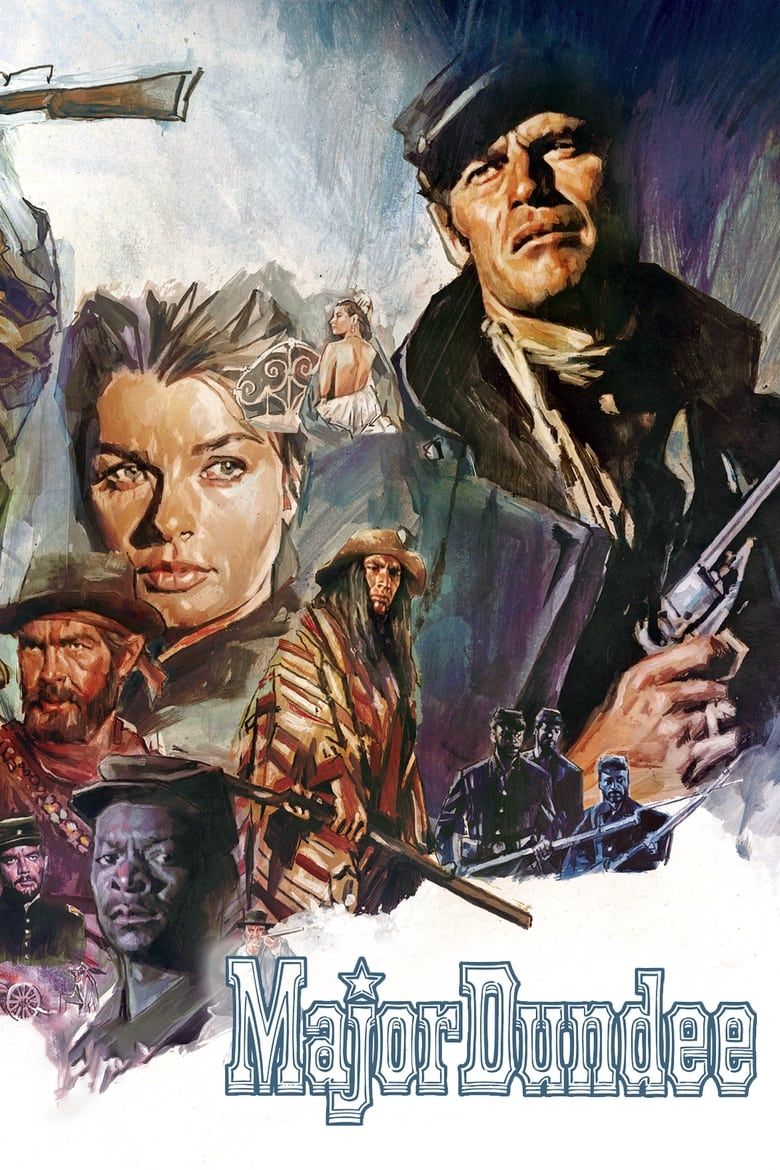
Sam Peckinpah’s 1965 Western was heavily cut by Columbia, and was not restored to something like its intended form until a 2005 re-release. Coburn plays a scout attached to a ragtag force led by Charlton Heston’s Dundee, a complex protagonist charged with hunting down Apaches responsible for a massacre.
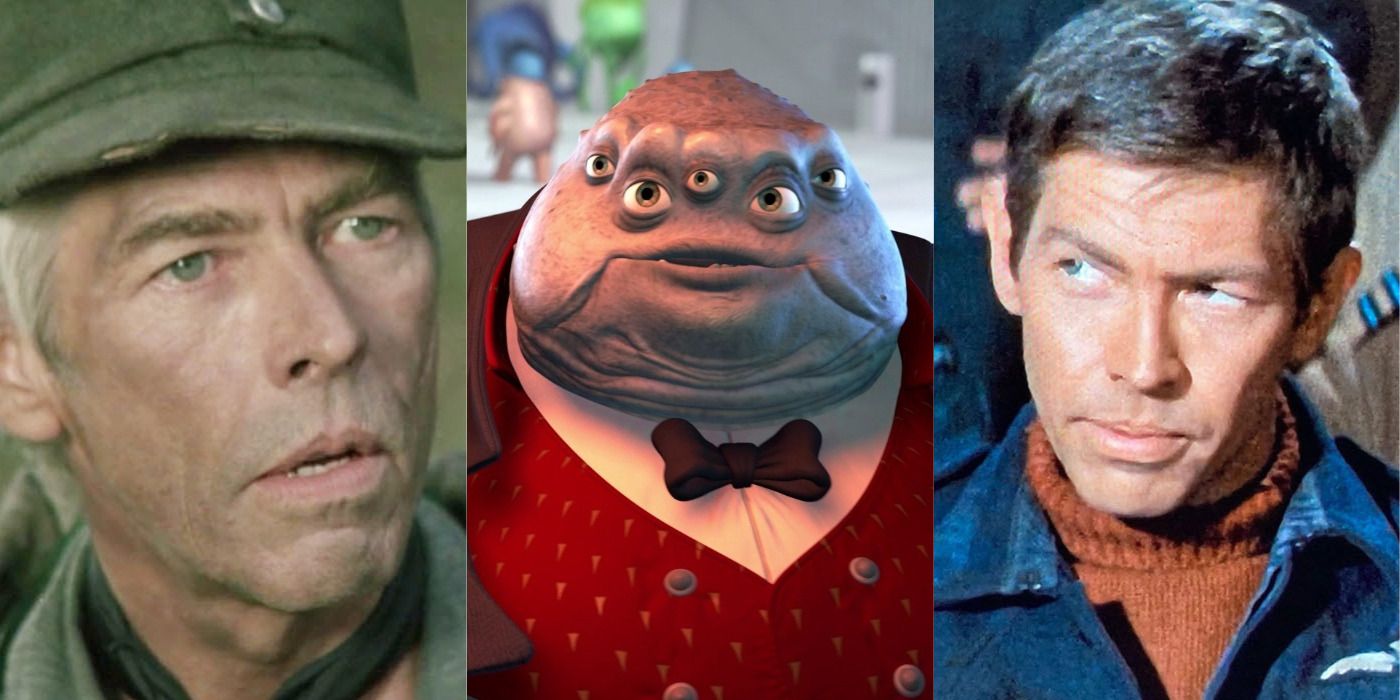
Related
James Coburn's 10 Best Movies, Ranked According to IMDb
James Coburn was a Hollywood icon in films like The Great Escape and Monsters Inc. But which of his movies rank the highest on IMDb?
Coburn was one of Peckinpah’s favorite actors, but for the role of Potts, Columbia originally sought Western icon Lee Marvin, one of Coburn’s major competitors for tough-guy parts. Production on Major Dundee was a complete mess, due in large part to script problems. The chopped-up theatrical cut lost money, taking just $2.5 million in theater rentals on a budget of up to $4.5 million. The movie currently holds a high 97% fresh rating on RT, but that’s due in large part to the 2005 restored version, as well as the overall re-assessment of the film in light of Peckinpah’s huge reputation.
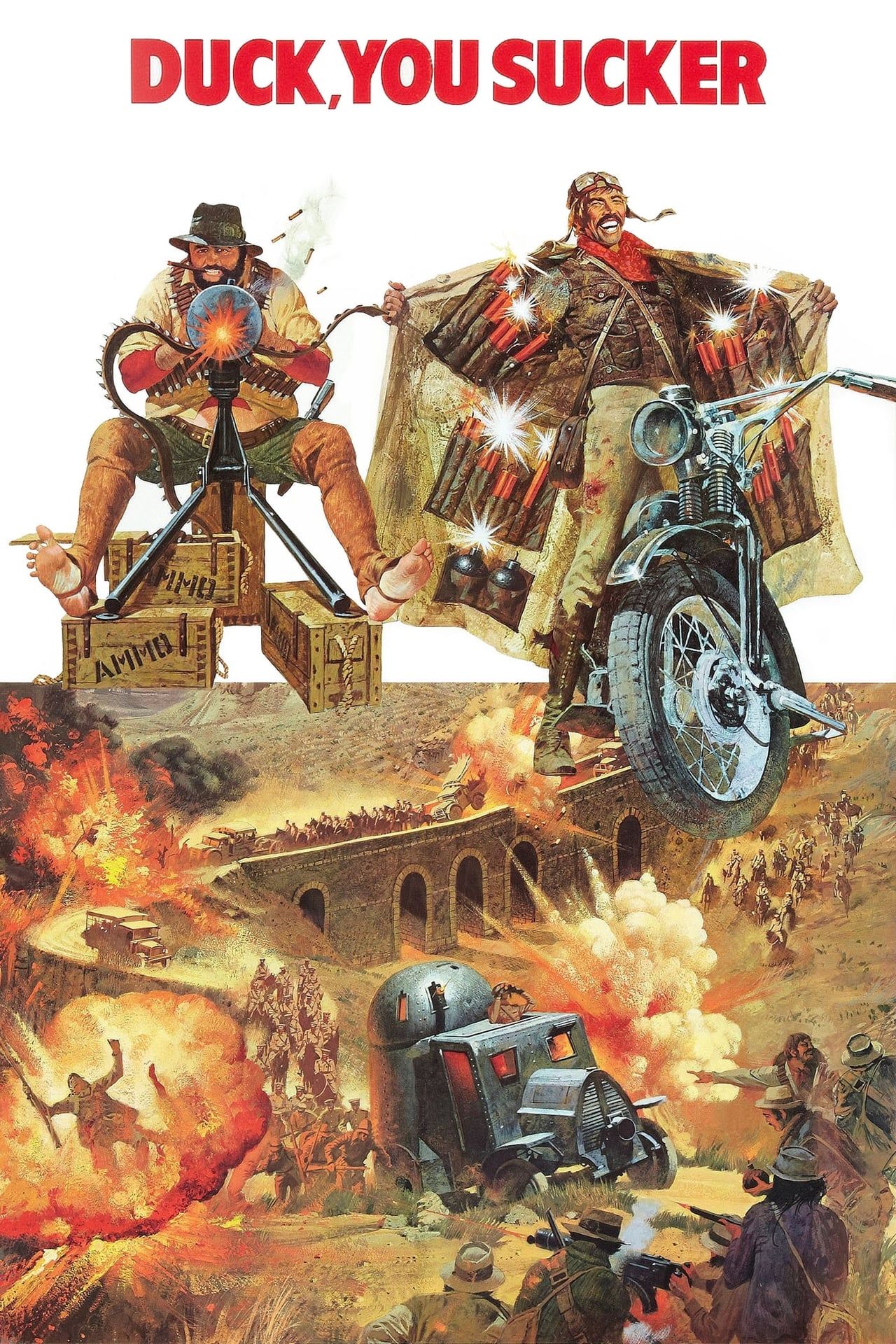
Duck, You Sucker
- October 20, 1971
- 157 Minutes
- Sergio Leone, Sergio Donati
- Sergio Leone, Sergio Donati, Luciano Vincenzoni
Sergio Leone’s “forgotten” Spaghetti Western is not on the same level as the Dollars Trilogy or Once Upon a Time In the West. Coburn and Rod Steiger generate a small buddy-movie spark in the early scenes, which lean hard into satire, in a way that frankly does not always work very well, due to some lapses in taste.
Coburn’s Irish accent goes in and out, but he’s a good-humored, though slightly melancholy, presence as Mallory, a 1910s Irish terrorist who has fled to Mexico, and hooks up with Steiger’s bandit Juan to become a revolutionary. The story is an escalating series of semi-comical exploits, each climaxing with something getting blown up using Mallory’s seemingly infinite supply of dynamite. Overlooked by critics in its day,
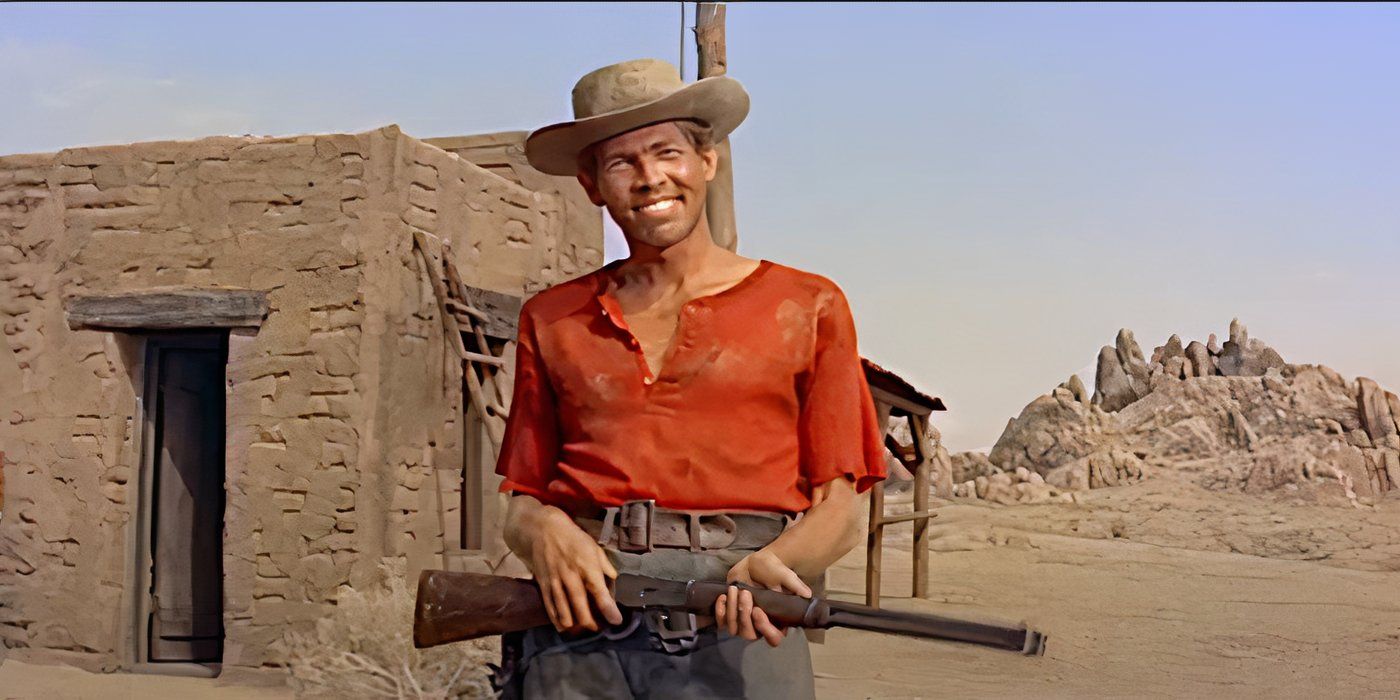
Its depiction of Indigenous people places Ride Lonesome firmly in the “hasn’t aged well” category. Coburn scored his first ever screen role in Budd Boetticher’s CinemaScope Western, starring Randolph Scott as a bounty hunter. Scott was indeed one of the first to spot Coburn’s talent, as Boetticher related in a 2000 Q&A following a screening of two of his films:
[Scott] said one day to us, "Who is that fellow in the red underwear I played the scene with this morning?" And I said, "His name's Coburn. James Coburn. This is his first picture." He said, "I like that boy. Let's write some more lyrics for him." And we wrote a scene in our mind and shot it, and if you've seen Ride [Lonesome], it's my favorite thing in the picture.
Boetticher was regarded as nothing more than a competent hand behind the camera until the auteurists elevated his status. Today, Ride Lonesome has a strong critical reputation, scoring 90% fresh on Rotten Tomatoes. The movie is light on action, but heavy on psychological tension, with a script by Burt Kennedy that emphasizes its characters’ ever-shifting dynamic.
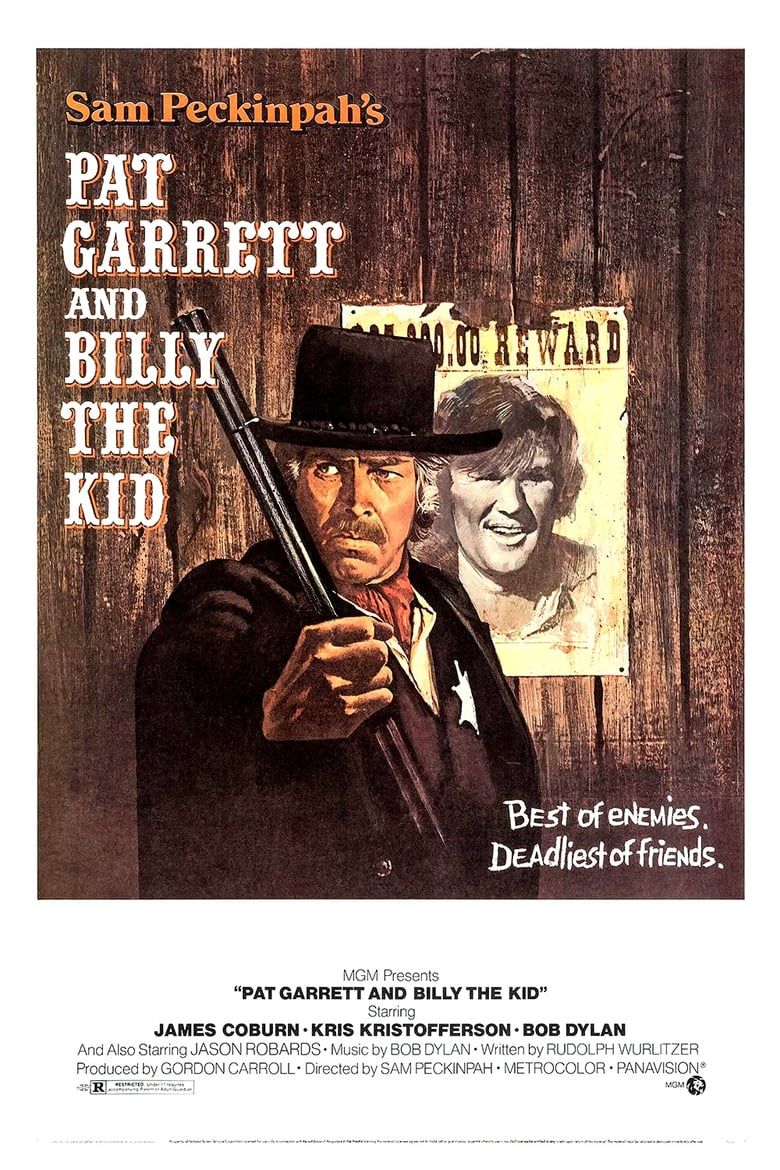
Pat Garrett & Billy the Kid is a Western film released in 1973, directed by Sam Peckinpah. It stars James Coburn as Pat Garrett, a lawman tasked by New Mexico cattle barons to capture his former friend, the outlaw Billy the Kid, played by Kris Kristofferson.
Another Peckinpah Western that exists in multiple versions, due to clashes between studio and director. Like Major Dundee, Pat Garrett and Billy the Kid was dismissed in its day, but has grown in reputation. It’s currently available in both a restored version, and a preview version that Peckinpah would show to friends (that excised Bob Dylan’s "Knockin’ On Heaven’s Door," which the director hated).
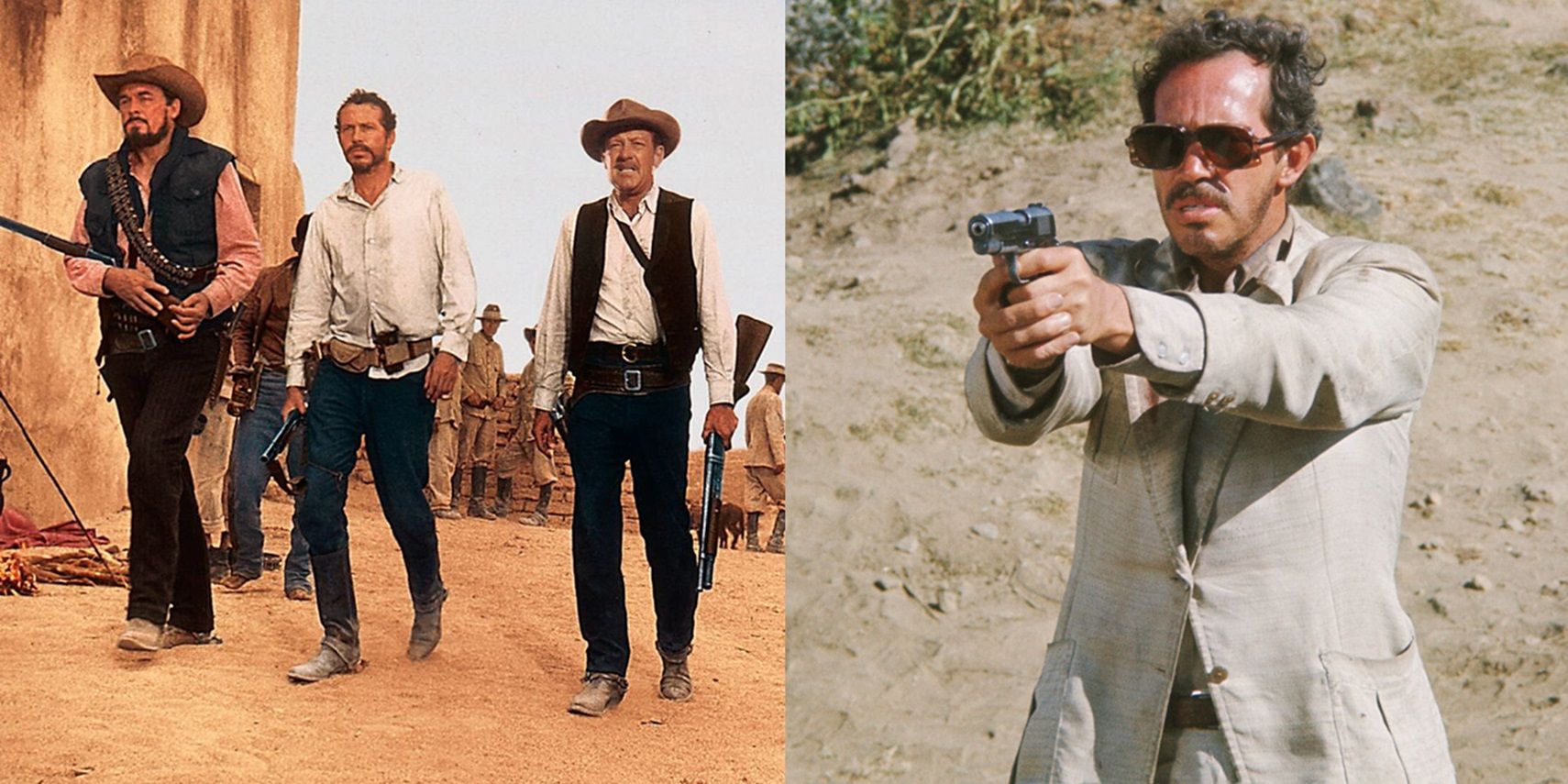
Related
Every Sam Peckinpah Western, Ranked By IMDb
With movies like The Wild Bunch and Pat Garrett and Billy the Kid, Sam Peckinpah helped to reinvent the western as a rougher, grittier genre.
Coburn has maybe his most iconic Western role as Pat Garrett, former ally of Kris Kristofferson’s Billy the Kid, who now must hunt his friend. Both leads give great performances, Kristofferson creating a definitive Billy, and Coburn matching him. The film’s current Rotten Tomatoes 59% fresh rating is the result of older reviews slamming the theatrical cut mixing with newer reviews embracing the restoration. Audiences liked it enough in 1973 to make it a modest hit, grossing $11 million on a budget of $4.6 million.
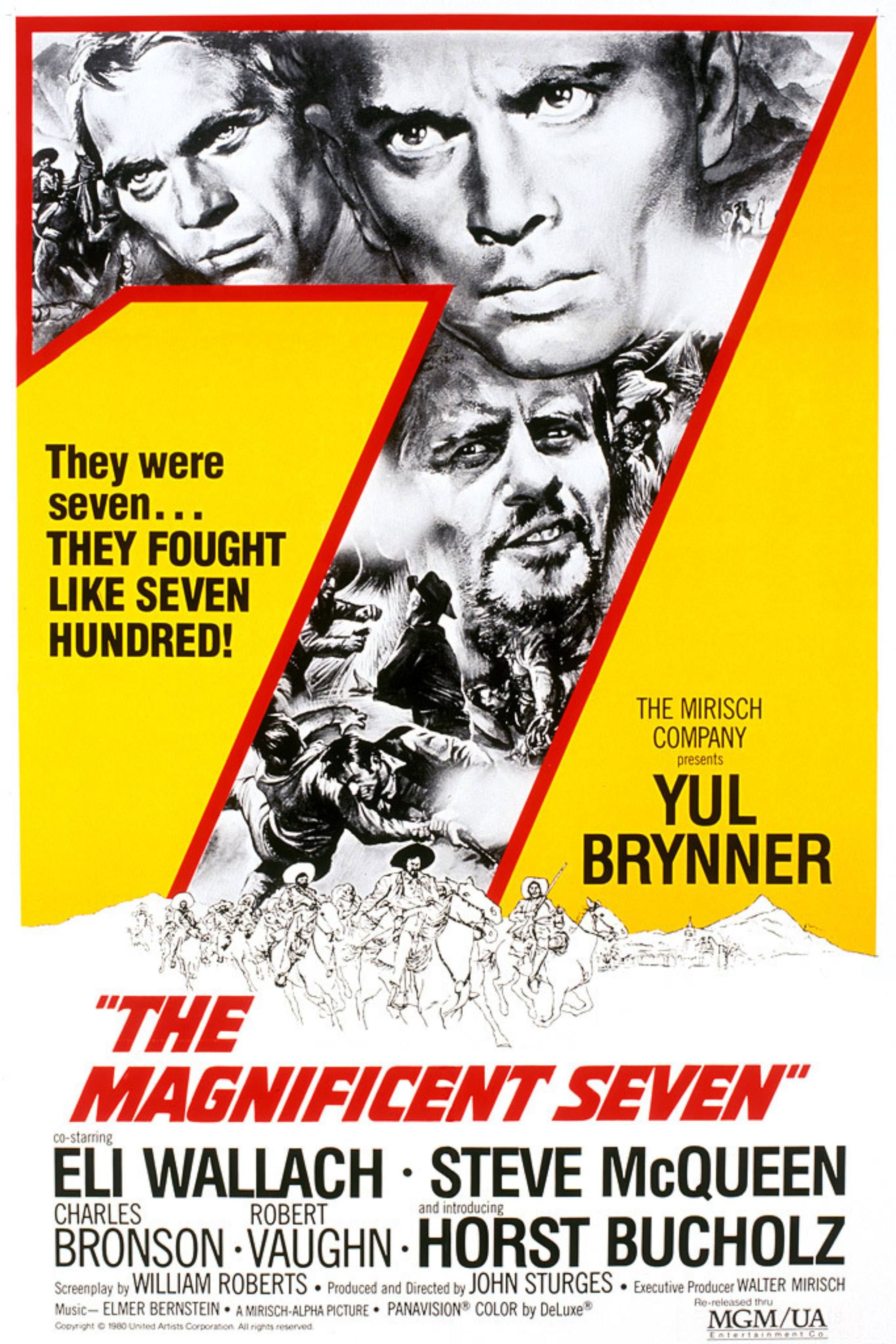
The Magnificent Seven
- October 12, 1960
- 128 Minutes
- John Sturges
- William Roberts, Akira Kurosawa, Walter Bernstein, Shinobu Hashimoto, Hideo Oguni
The Magnificent Seven (1960) is a Western film directed by John Sturges. The story revolves around seven gunslingers, led by Chris Adams (Yul Brynner), who are hired to defend a Mexican village from a group of marauding bandits. The ensemble cast includes Steve McQueen, Charles Bronson, and James Coburn, and the film features an iconic score by Elmer Bernstein.
James Coburn had a heavy hand in one of the most influential Westerns of all time. Taking inspiration from Kurosawa’s masterpiece Seven Samurai, John Sturges’ film is the ultimate action team-up, with a cast that includes Steve McQueen, Yul Brynner and Charles Bronson. Coburn plays the knife-wielding Britt, one of his coolest Western characters. Also cool is the movie's Oscar-nominated Elmer Bernstein score.
There are conflicting reports as to Kurosawa’s opinion of The Magnificent Seven, one account saying he was disappointed by the movie, but another saying he liked it so much he presented its director with a sword
Given the film’s status as an all-time great Western, it’s perhaps surprising that it was panned by many critics in its original run, and was considered a borderline box-office flop. Its 89% fresh rating on Rotten Tomatoes reflects its current status as a granddad-movie classic. The 2016 remake was a solid enough film,
